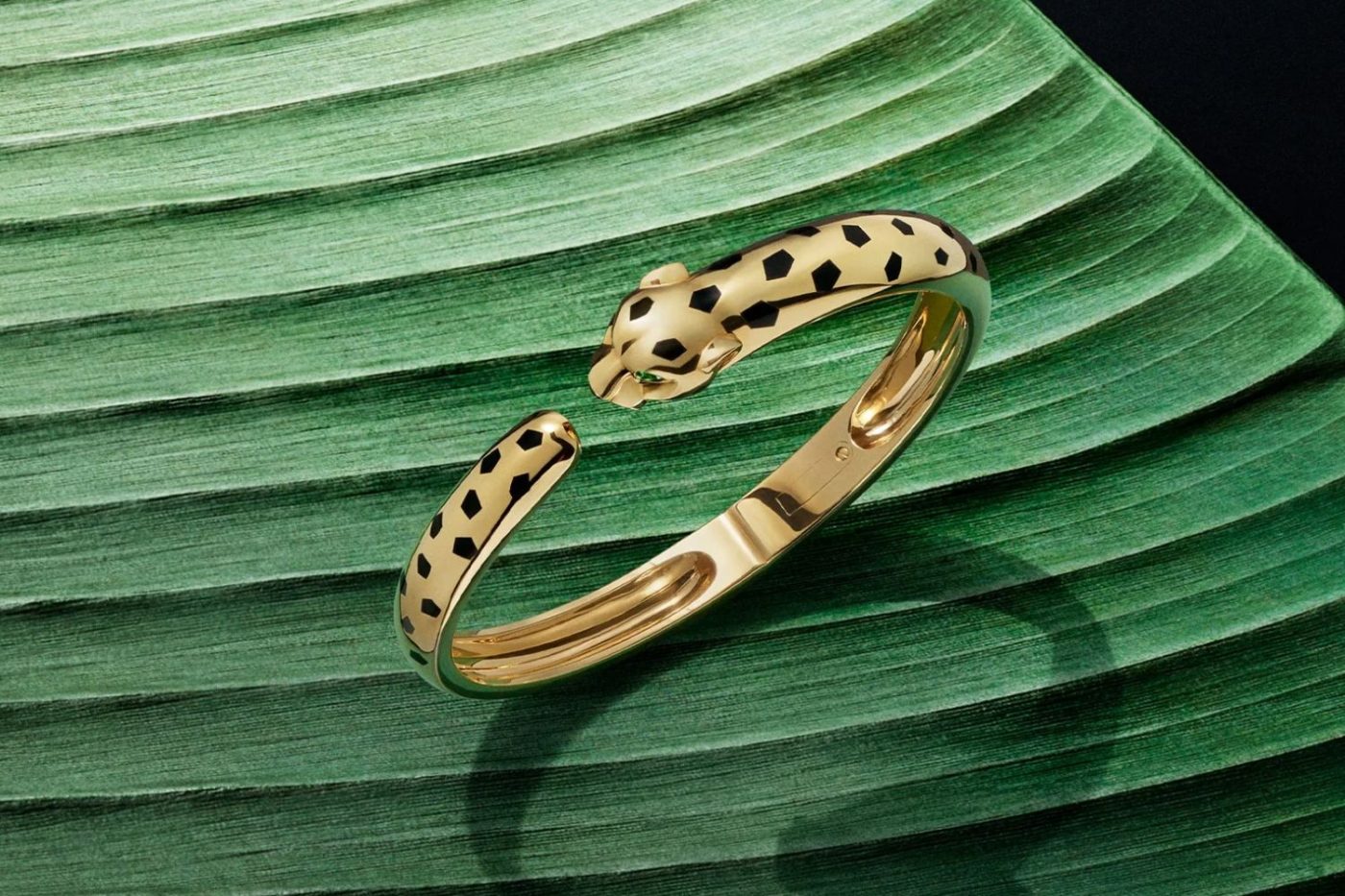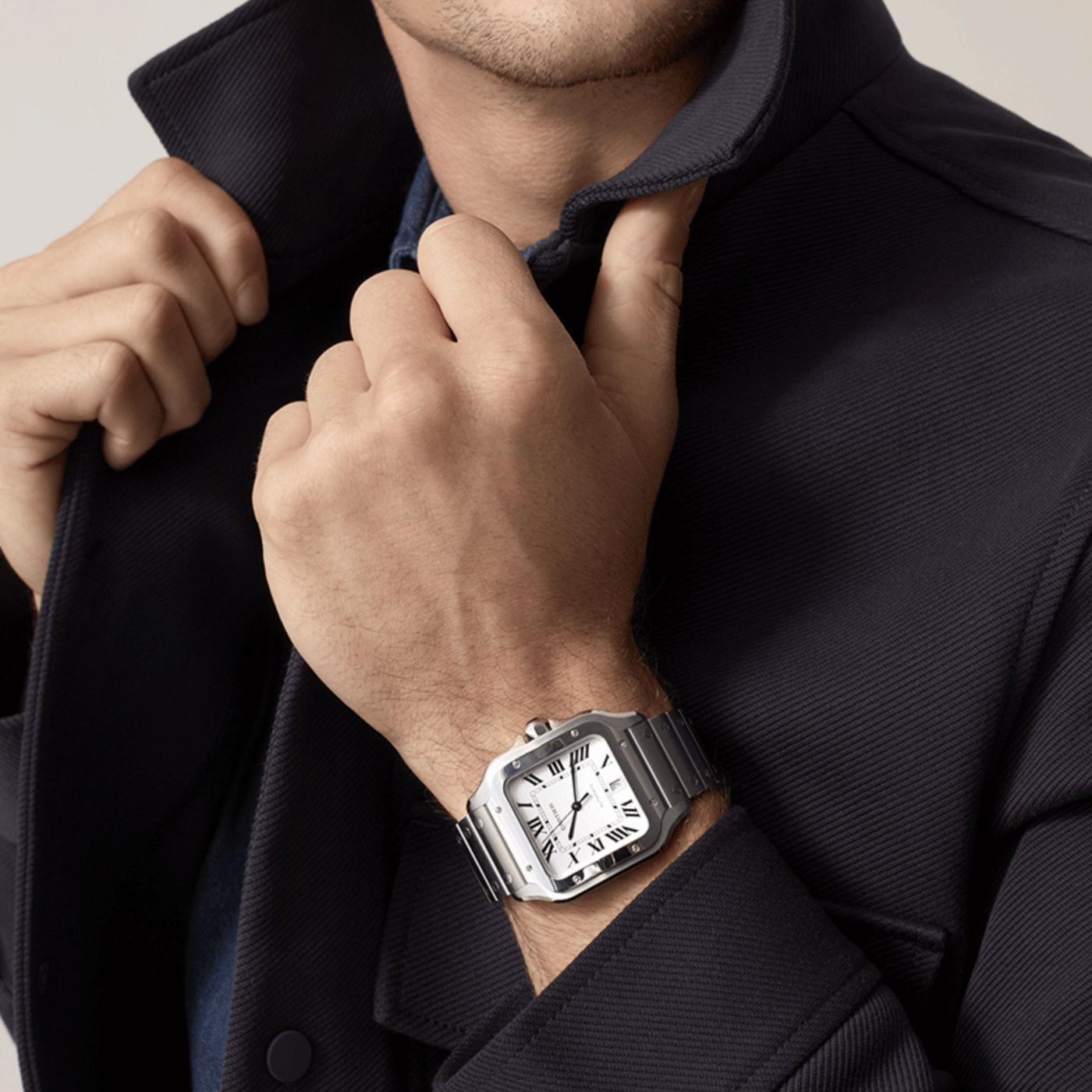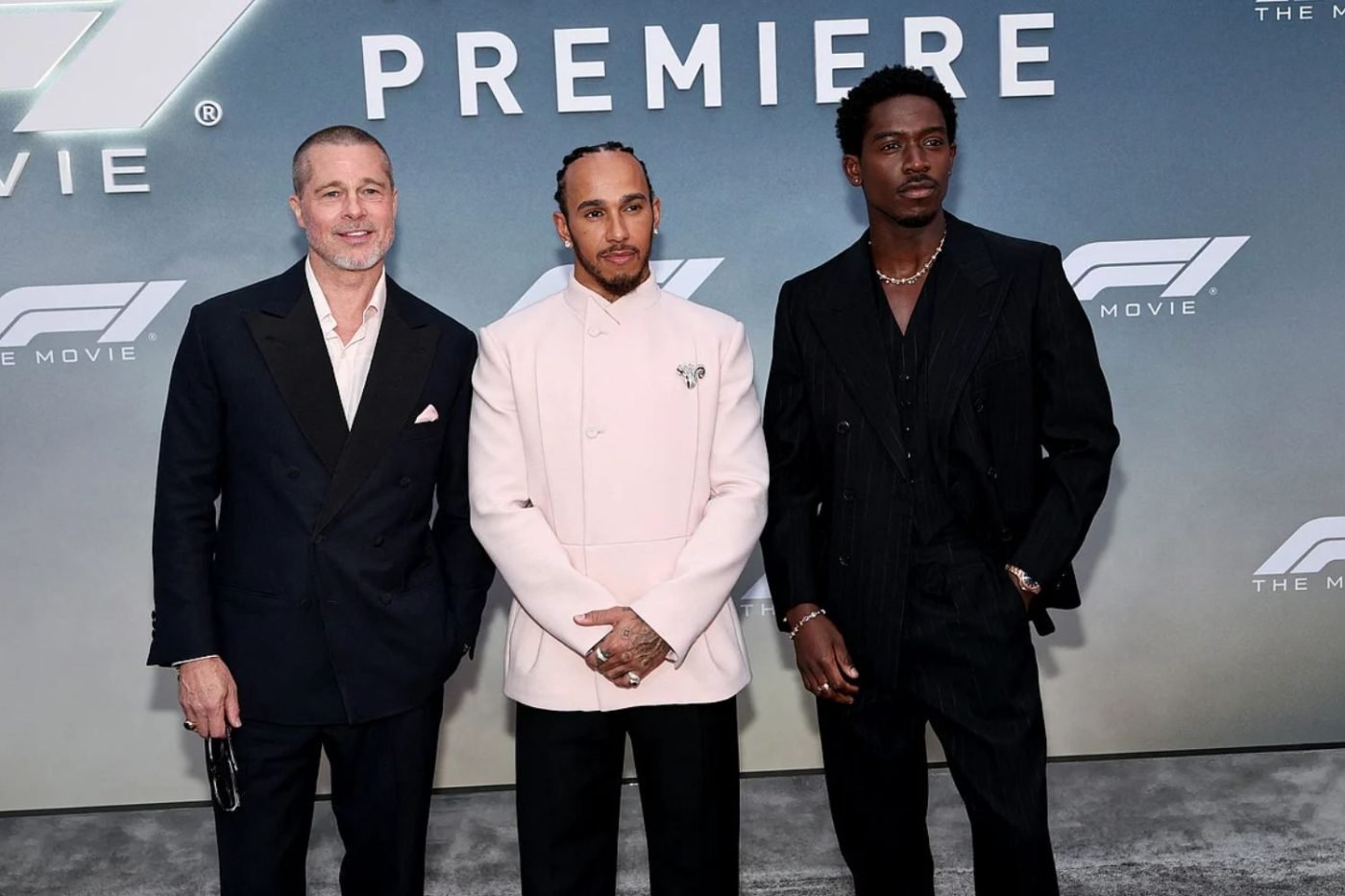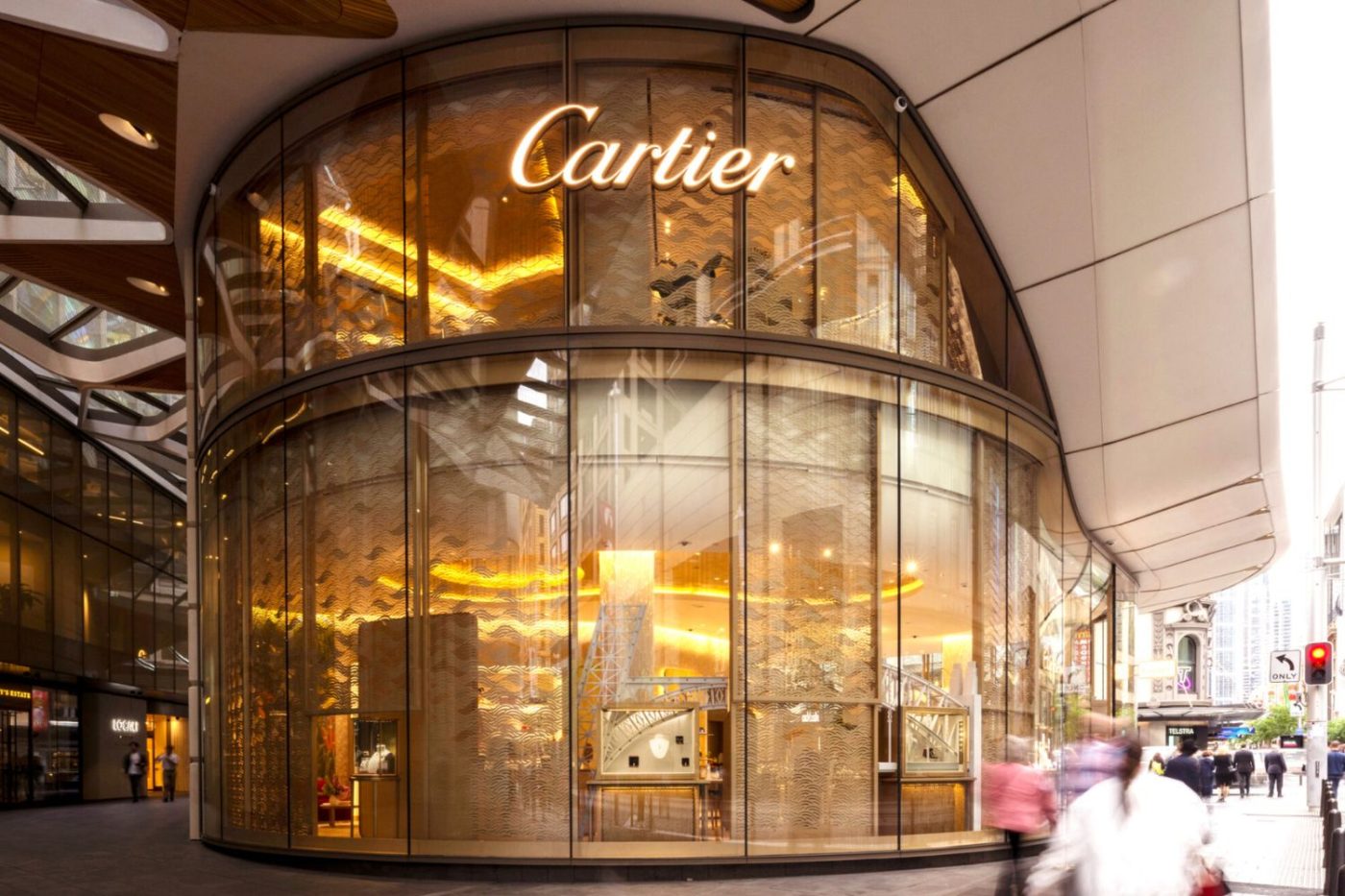- Luxury jewellery spending in the U.S. rose 10.1% in May 2025 year-on-year, outpacing other high-end categories like handbags.
- Cartier and similar brands have kept price increases modest despite gold’s 25% spike.
- Even as some brands lost clients, average spend per customer increased 11.7%, making jewellery the only category with both customer and revenue growth.
Luxury Spending Slows, But Jewellery Keeps Climbing
While most luxury sectors are stuck in a holding pattern, jewellery sales are still climbing across the U.S., according to a new Citigroup report.

The group looked at credit card data from over 10 million U.S. shoppers, revealing that despite a broader slowdown in high-end consumer spending, and in particular luxury watches, fine jewellery is quietly bucking the trend.
Jewellery Sales Surge While Luxury Slows
In May 2025 alone, luxury jewellery sales rose by 10.1% year-on-year, outperforming handbags, ready-to-wear, and just about everything else with a logo and a price tag.
It’s a sharp contrast to the rest of the market as the total luxury spend dipped 1.7% in May, following steeper slides in April and March. Yet jewellery has continued a quiet rally since September 2024, fuelled by what Citi analyst Thomas Chauvet calls “superior intrinsic and emotional value.” In other words, gold, unlike leather or logos, still feels worth the money.
Curated news for men,
delivered to your inbox.
Join the DMARGE newsletter — Be the first to receive the latest news and exclusive stories on style, travel, luxury, cars, and watches. Straight to your inbox.
Luxury Watch Sales Are Softening and Jewellery Is Filling the Gap
That makes sense. While brands like Cartier have kept price hikes modest (under 5% for the year), the price of gold has soared more than 25%. It turns out that customers are more inclined to buy something beautiful that also holds its value.
By contrast, handbag brands have pushed prices up 30–40% since the pandemic with little change in quality. The appetite for that kind of markup is fading.

Luxury watches tell a similar story. While prices continue to rise, demand has cooled. Inventory is building up, and the resale market is flattening. The hype that once drove the category is slowing down and legacy brands like Rolex, Omega, IWC, Patek Philippe, and Chopard have quietly nudged up their retail pricing to retrieve some of the losses.
Even so, buyers aren’t entirely walking away from watches, they’re just shopping smarter. Boutique discounts are reappearing, and waitlists are no longer what they used to be. The pendulum has seemingly swung in favour of the buyer.
Watch enthusiasts have been forced to look beyond the usual suspects, leading independent microbrands, offering design-led alternatives with better value and less baggage, to sell out ahead of their luxury competitors.

The shift is also cultural. Big-ticket watches are no longer the automatic flex. Brad Pitt is back wearing obscure timepieces, and buyers are leaning into pieces with sentiment, story or material value. That’s exactly where jewellery lives.
Economic Headwinds Hit Luxury; Just Not Diamonds
Jewellery, conversely, is proving more resilient. Even with a small decline in customer volume, down 2.7% in early 2025, average spend per buyer has increased 11.7%. It’s now the only luxury category with growth in both customer numbers and individual spend.
Of course, this jewellery surge isn’t happening in a vacuum. The weak U.S. dollar, looming tariffs, and the oil market’s nervous twitch amid Middle Eastern conflict are all reshaping how consumers spend, and what they value.
In that light, a Cartier ring or a pair of diamond earrings becomes more than a gift. It becomes a hedge. Maybe diamonds really are forever.

